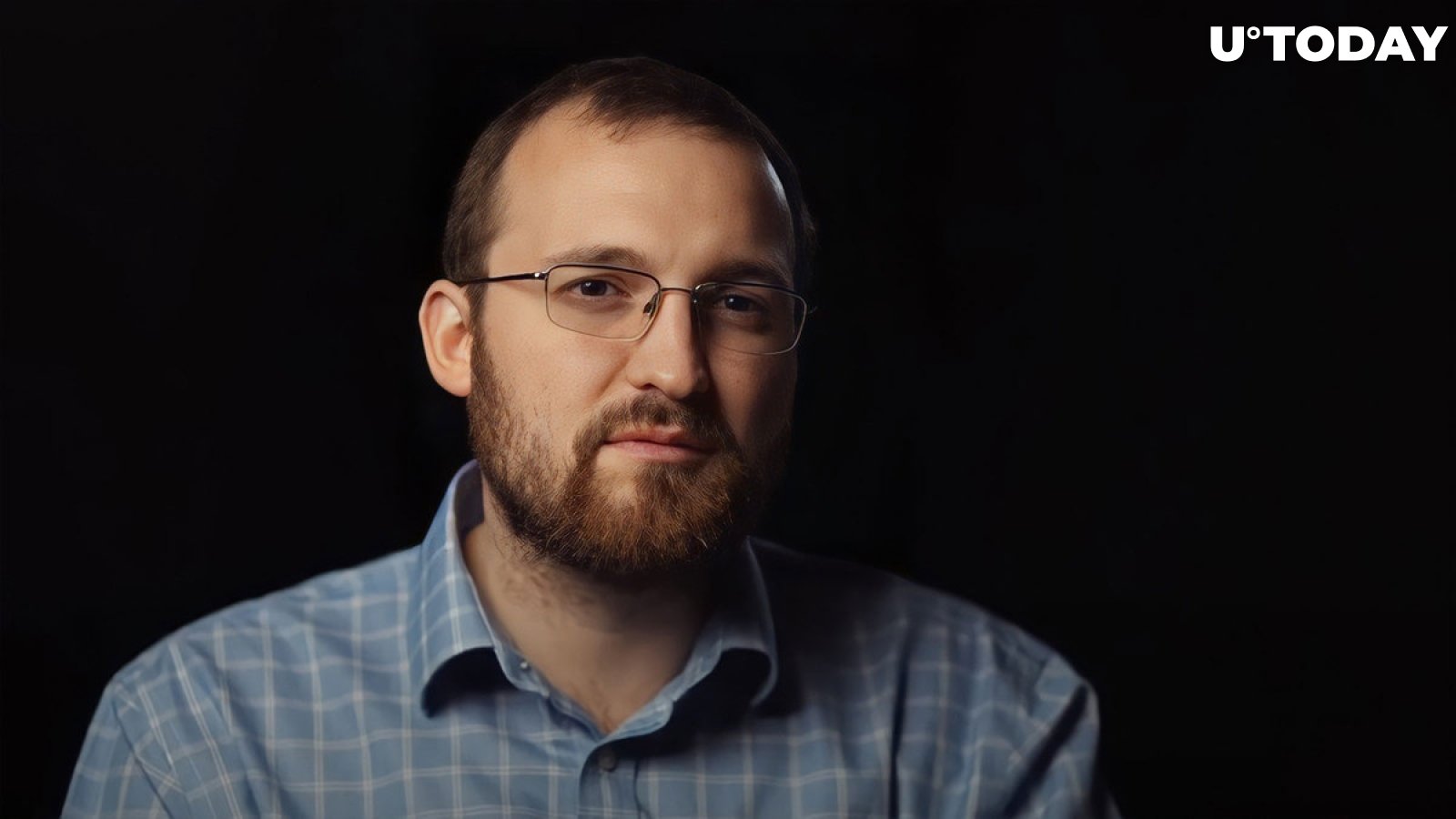In a recent post, Cardano’s creator, Charles Hoskinson, addressed concerns about the blockchain’s scalability. He highlighted the availability of sufficient funds in the treasury to support an ambitious Leios, Hydra and ZK program if the community chooses to pursue it.Hoskinson also highlighted the potential for a parallel approach, citing the existing infrastructure and talent within the Cardano (ADA) ecosystem. He expressed optimism about the potential for rapid progress, citing the substantial enhancements witnessed over the past two years.The Cardano community has been engaged in discussions regarding scalability, particularly in light of the blockchain’s growing competition, including platforms like Solana and Ethereum. The CTO of Sundae Labs, a prominent ADA enthusiast, supported a debate by rooting for Leios, a novel design for Cardano’s data computation algorithm.For those discussing scaling, there is enough money in the treasury to pursue an aggressive Leios, Hydra, and ZK program if the community wants to go in this direction. I’d advocate to continue the parallel approach given that we have the infrastructure and talent to do it. I…Another noteworthy innovation is Hydra, a layer-2 scaling solution. By creating a network of parallel processing nodes, Hydra seeks to boost transaction throughput and minimize latency on the blockchain. This initiative promises to elevate Cardano’s capacity to handle a higher volume of transactions while maintaining security and decentralization.Following Hoskinson’s remarks, numerous contributors and developers within the Cardano ecosystem weighed in on the matter. Some expressed enthusiasm for scalability, while cautioning against depleting the treasury too rapidly as it could affect ADA’s price.All in all, the sentiment among many in the community echoed a desire for scalable solutions that would enable applications to perform optimally. What is more important is that while acknowledging the current challenges, there was collective optimism regarding the ongoing improvements within the ecosystem.

